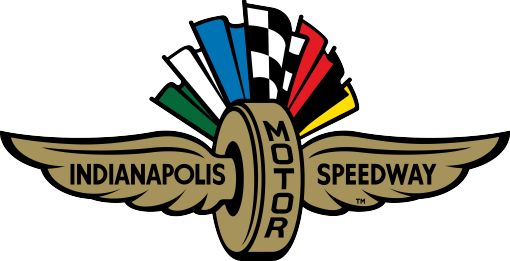The Indianapolis 500 features a field of 33 cars racing together for a chance at immortality. The Big Machine Brickyard 400 sees 40 stock cars cross the Yard of Bricks when the race starts. And Formula One and MotoGP each featured fields of around 20 vehicles when they raced at the Indianapolis Motor Speedway.
But the competitors in the Red Bull Air Race World Championship on Oct. 14-15 at IMS compete solo, against the clock, on the twisting, rising and falling course above the infield of the facility.
It’s one of the important differences between this unique event and ground-based races at IMS. But it’s also a deviation to be appreciated, part of the special spectacle of air racing.
And there’s nothing new about racing against the clock in global motorsport. Events with vehicles running solo against a stopwatch occur more often than many realize, with the competitor producing the quickest time earning the victory – just like the pilots of the Red Bull Air Race.
Let’s take a look at the various forms of ground-based motorsport in which there are two immediate foes for each competitor – their rivals and the clock.
Rally: Rally is one of the most popular forms of motorsport on Earth even though it receives little attention in the United States and Canada.
This discipline of motorsport is popular in Europe, with World Rally Championship events earning television audiences surpassed only by Formula One and MotoGP among racing series.
Rally is a competition in which drivers and co-drivers (navigators) race in vehicles in various classes on pre-mapped stages that constitute a rally. At the World Rally level, each of these stages ranges from 1 to 30 miles, with about 15 to 20 stages spread over three days. Rallies can take place on all surfaces – asphalt, gravel, mud, sand or snow.
Cars leave the starting line of each stage at two-minute intervals. That doesn’t seem like a big gap, but stages often are decided by a matter of a few seconds. So cars almost never pass each other on stages unless one car has crashed or has suffered a mechanical problem or flat tire.
Some of the most famous WRC events take place on the asphalt and ice of Monte Carlo, the snow of Sweden, the gravel of Finland and the mud of Wales.
But perhaps the most famous rally of all is the one best known to Americans – the Dakar Rally. The Dakar started in Africa but moved to South America for security reasons in 2009, keeping its traditional name.
This epic event features far rougher terrain than in WRC rallies, with a far longer route. Competitors can cover up to 500 miles in one day. The Dakar also lasts for two weeks, and there is competition on two and four wheels, unlike the WRC.
Hill Climb: Hill climb is one of the more self-explanatory forms of motorsport: The winner is the driver who can complete an uphill, point-to-point course more quickly than any other.
Competitors in a hill climb are divided into classes of vehicles, with each leaving the starting line alone at set intervals, running alone against the clock.
While hill climb is more popular in Europe, especially at legendary United Kingdom venue Shelsley Walsh, the most famous hill climb on Earth is located in the United States. Drivers from all over the world compete every summer in the Pikes Peak International Hill Climb in Colorado Springs, with its 12.42-mile, 156-turn course ending at the 14,115-foot summit of Pikes Peak.
The Pikes Peak International Hill Climb is the second-oldest auto race in the United States behind – you guessed it! – the Indianapolis 500. In another Indy tie, the most-winning family in Indy 500 history – the Unsers – also has ruled the Race to the Clouds, with 16 overall victories. Bobby Unser won the overall title at Pikes Peak an incredible 10 times, including nine wins when the race was part of the AAA/USAC National Championship for Indy cars from 1946-70. He earned 13 wins overall, including his two victories in the stock car class and one in the sports car class.
Autocross: Autocross is a popular, inexpensive form of grassroots motorsports in which competitors drive through a twisting, tight course usually lined by cones in parking lots.
Drivers race alone against the clock, receiving time penalties for hitting cones. The quickest driver is the winner.
Time Attack: This form of motorsport originated in Japan, where professional teams would finely tune street cars to reach maximum performance on the ultimate flying lap.
Time attack competitors are given a flying start to record the quickest lap possible and can turn as many laps as desired within the allotted time to improve their times.
These events usually are separated into warm-up, practice, qualifying and final sessions, somewhat similar to the Red Bull Air Race World Championship.
Motorcycle Road Racing: Perhaps the craziest, bravest form of motorsport also takes place against the clock as motorcycle racers compete on closed public roads in these classic events, which are popular in Europe.
Motorcycle road races take place on long circuits of public roads, with lap totals varying by class. The circuits offer little of the safety features seen at racetracks such as IMS, so competitors start at standard intervals to avoid large packs of bikes racing together on roads without gravel traps, SAFER Barriers, large runoff areas and other circuit racing safety features.
Still, motorcycle road races can cover 200 miles, so riders do pass each other periodically.
But like other races against the clock, the winner is the rider with the quickest overall time, not the rider who crosses the line first.
The most famous – and arguably insane – motorcycle road race on Earth is the Isle of Man TT. This classic event is contested in various classes for a week in late May and early June every year on the 37.7-mile Mountain Course that covers most of the Isle of Man in the Irish Sea between the United Kingdom and Ireland.
Indianapolis 500 Qualifying: There’s nothing like Race Day for the Indianapolis 500, an event that causes the hair to stand on end for every motorsports fan. But it’s also easy to argue that the second- and third-most exciting days of the Month of May for on-track action are Pole Day and Bump Day, the qualifying days for The Greatest Spectacle in Racing.
And who wins the pole? The driver who completes four laps of the famous 2.5-mile oval at IMS with the fastest speed and, therefore, the quickest time.
All eyes are riveted on one car running alone against the clock during the passion play of Indy 500 qualifying, whether it’s in the Fast Nine Shootout or for a last-ditch run to make the field of 33 with seconds to go before qualifying ends on Bump Day.
Some of the most legendary, dramatic moments in Indy 500 history have occurred when just one car was on track.
The Clock Is Primary Rival in Many Forms of Global Motorsports
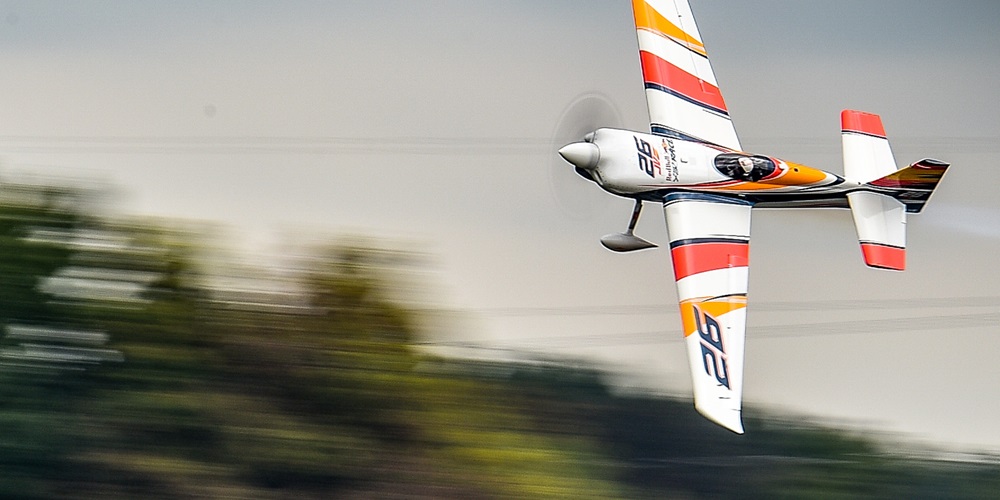
The competitors in the Red Bull Air Race World Championship on Oct. 14-15 at IMS compete solo, against the clock, on the twisting, rising and falling course above the infield of the facility.
Latest News
View All News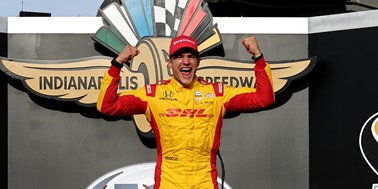
Alex Palou Continues Magic Carpet Ride with Sonsio GP Victory
The Spaniard (photo) has won four of the first five NTT INDYCAR SERIES races this season, the first time that feat has been achieved since 2006.
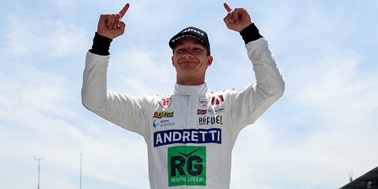
Dennis Hauger Returns to Winning Ways in Indianapolis GP Race 2
The Norwegian driver (photo) earned his third victory in four races this season.
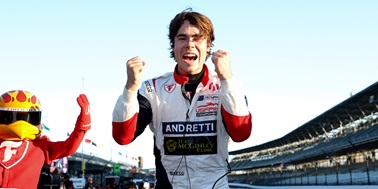
Lochie Hughes Breaks Through for First INDY NXT Victory at IMS
The Australian led all 35 laps from the pole to win in the INDYCAR development series on the IMS road course.
